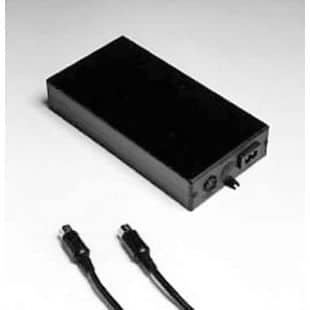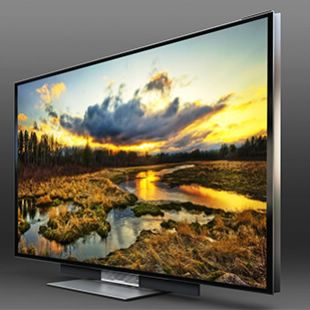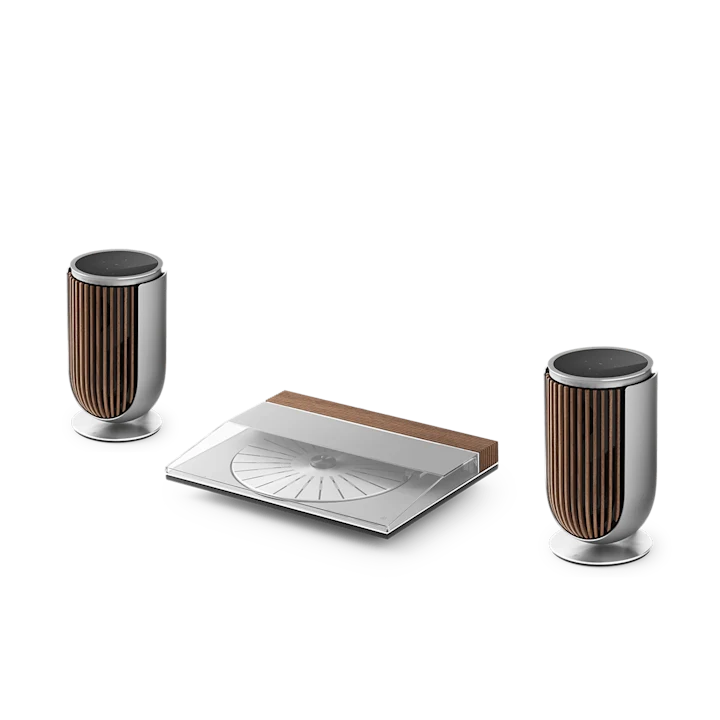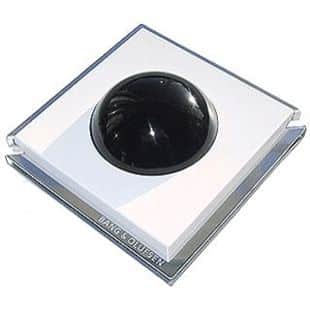Beosound Premiere
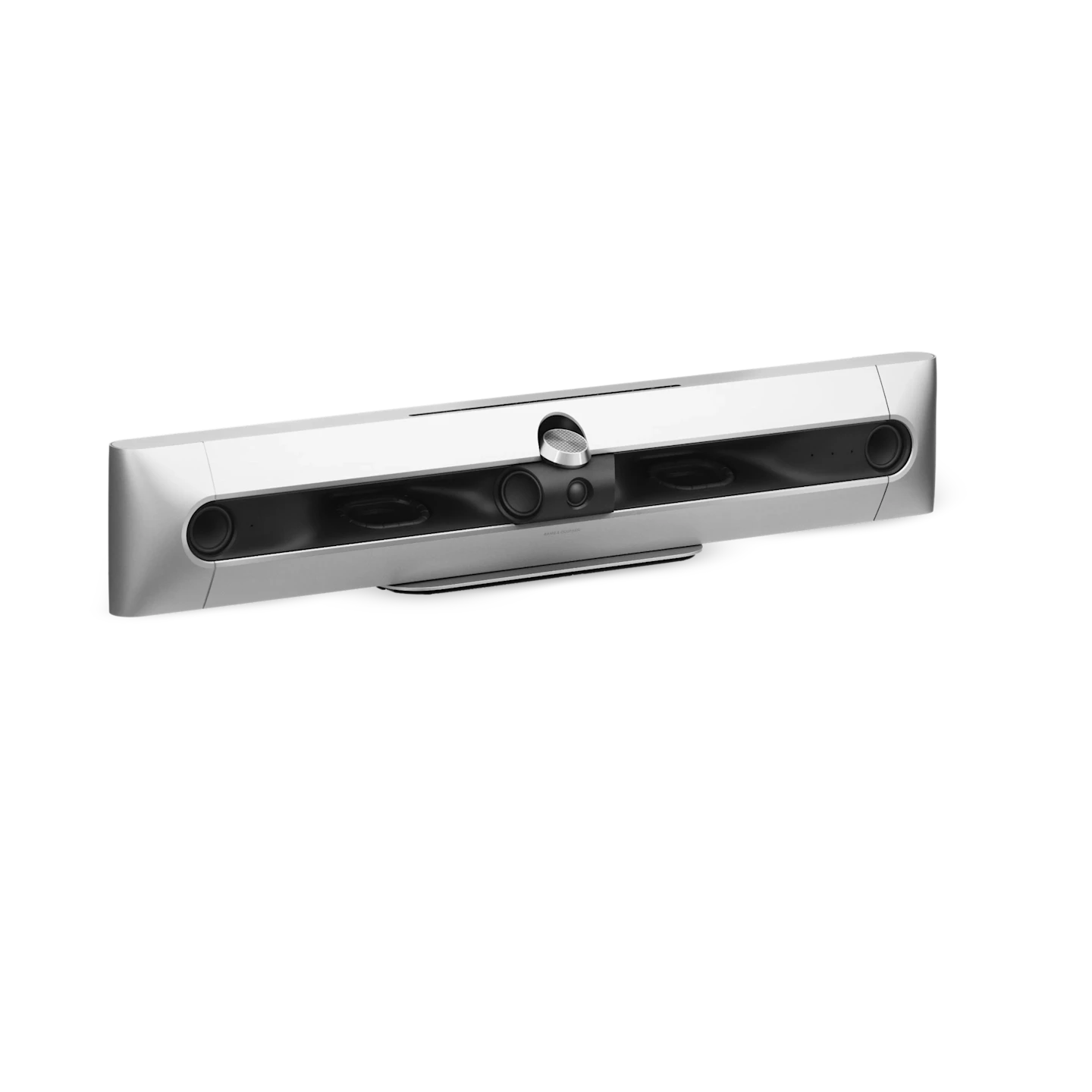
This is a premiere of something unseen and unheard. A sculptural form crafted from aluminium, that sculpts sound around you with fidelity and accuracy.
Spatial. Seen differently.
This is not only spatial sound. It’s high-fidelity, faithful spatial sound. Hear every note, every word, every silence, where it was meant to be. Experience cinema and sound at its most immersive. Get as close as possible to what the directors and mixing engineers intended.
Come closer
Beosound Premiere. A spatial soundbar for those who know the difference.
Whether it’s the first viewing of a film, or the unveiling of a long-anticipated album, Beosound Premiere brings life to sound.
A spatial audio experience, precision engineered to put you in the best seat in the house, recreates what the artist intended. Every beat authentic. Every silence intentional. Every note delivered with unwavering fidelity. The way it’s
meant to be.
A first-of-its-kind form: bold, sculptural, unapologetic. More than a soundbar, it’s a statement. Designed for those who hear the difference. Made to take centre stage.


